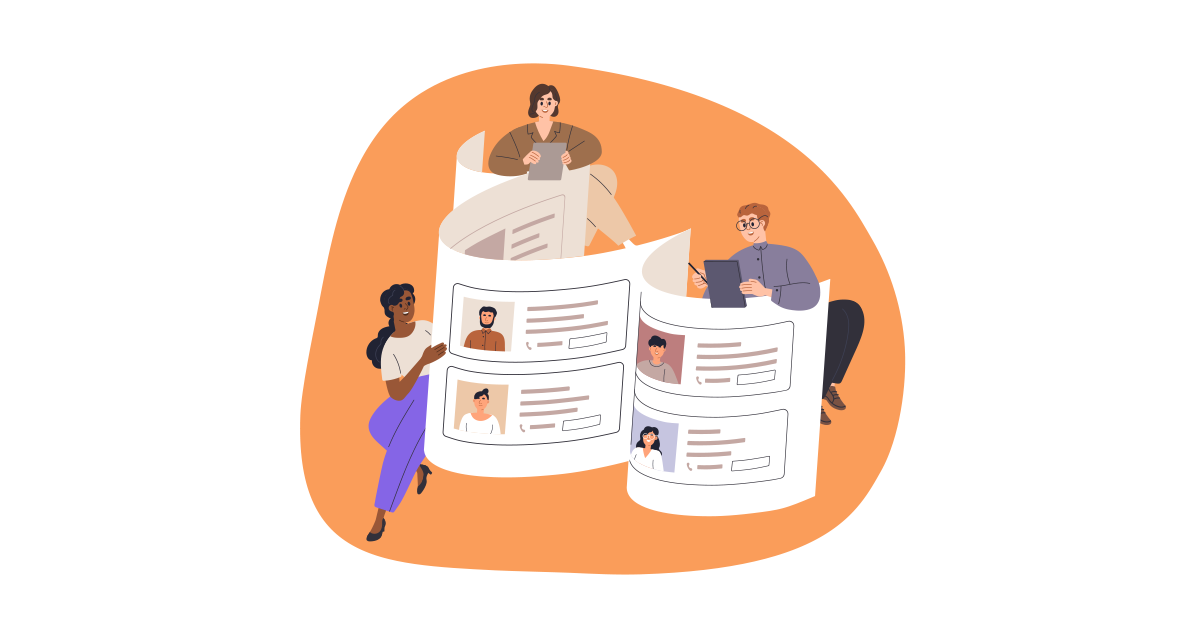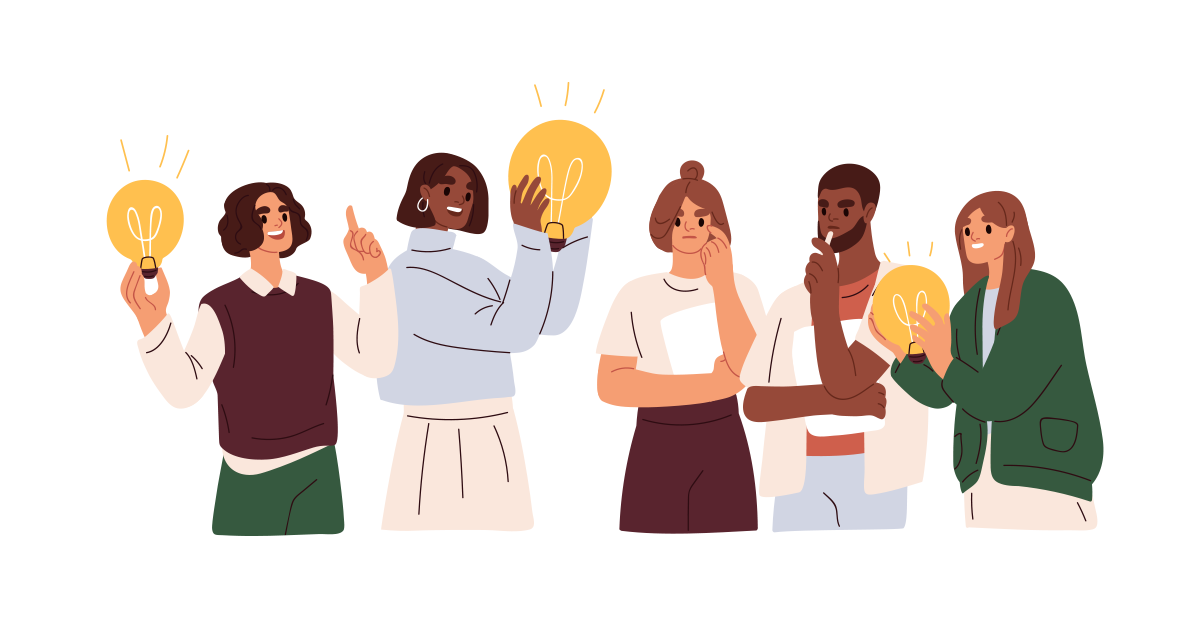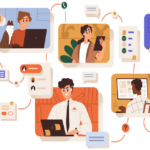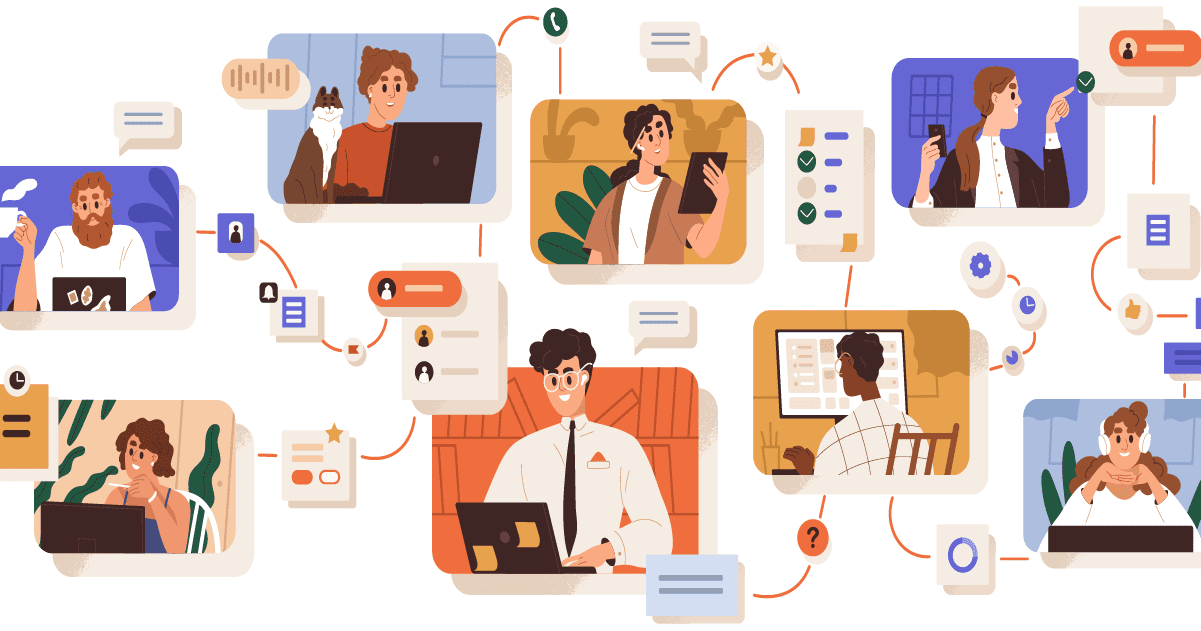Blog

Warehouse Staffing
Strategies for Attracting and Retaining Millennial and Gen Z Talent in Warehousing
December 15, 2023

Temporary Staffing
Preparing Your Business for the Busy Season: Why You Need Temp Workers
November 3, 2023

Seasonal Staffing
Hiring for the Holidays: How to Stand Out in a Competitive Market
September 28, 2023
Categories
Events Staffing (10)
Finding a Job (62)
Getting Hired (50)
Happy Workers (11)
Hiring (17)
Insurance (8)
Jobble Team (8)
Money Management (111)
Off the Clock (22)
On the Clock (87)
Recession Proofing (4)
Remote Work (7)
Retail Staffing (3)
Seasonal Staffing (5)
Self Care (16)
Temporary Staffing (6)
Warehouse Staffing (14)
Finding a Job (62)
Getting Hired (50)
Happy Workers (11)
Hiring (17)
Insurance (8)
Jobble Team (8)
Money Management (111)
Off the Clock (22)
On the Clock (87)
Recession Proofing (4)
Remote Work (7)
Retail Staffing (3)
Seasonal Staffing (5)
Self Care (16)
Temporary Staffing (6)
Warehouse Staffing (14)
Latest Posts
-

March 15, 2024Warehouse Staffing Trends and Landscape in 2024
-

January 19, 2024How to Write a Great Job Advertisement in 2024
-

December 15, 2023Strategies for Attracting and Retaining Millennial and Gen Z Talent in Warehousing
-

November 03, 2023Preparing Your Business for the Busy Season: Why You Need Temp Workers
Subscribe to Our Newsletter
Do you hustle every day? Join us.
Get the latest gig economy news, tips, and trends–and reach
your personal and professional goals!





